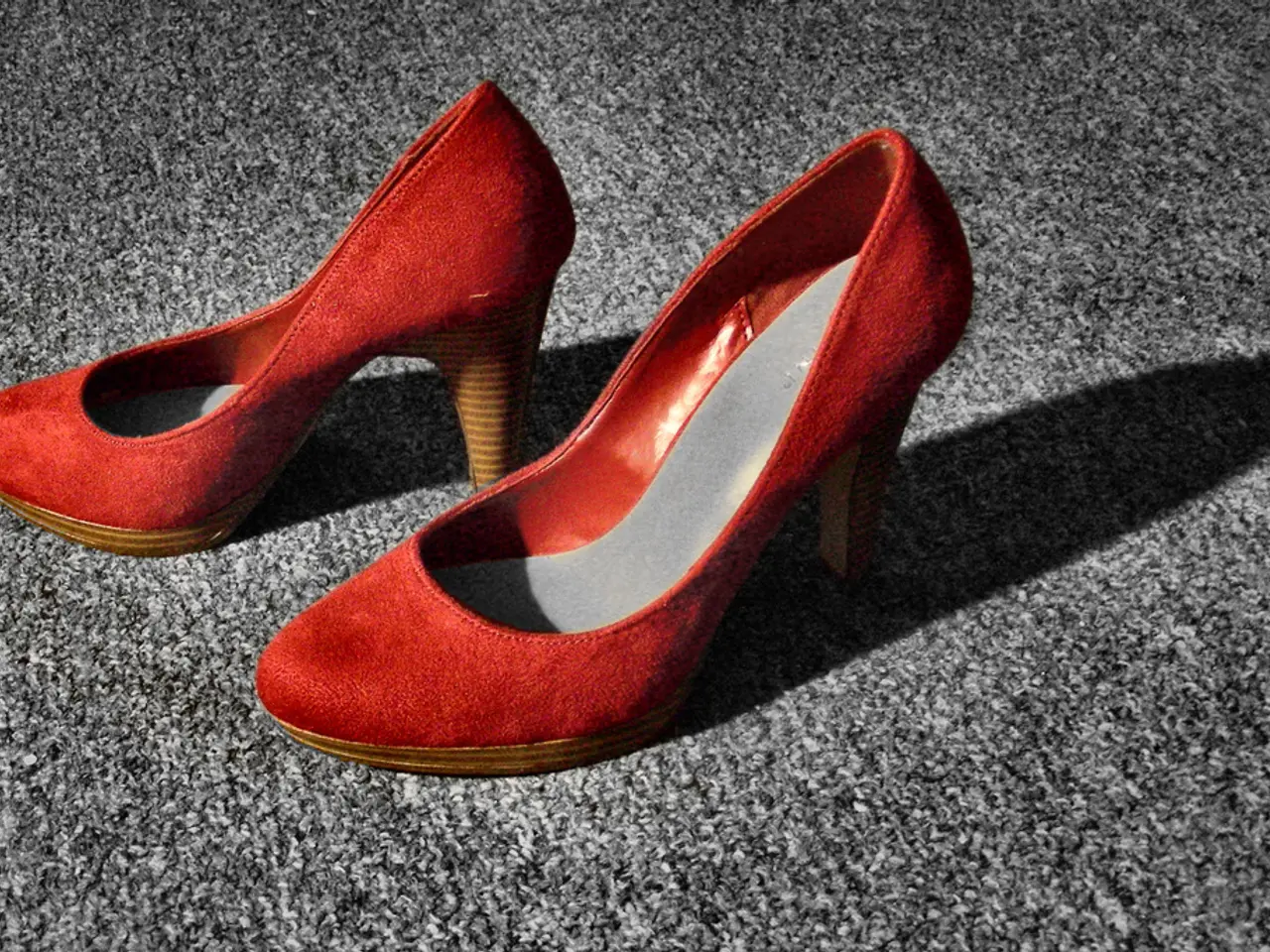Flip-flops causing issues for foot health?
Wearing flip-flops may lead to various foot problems, especially for individuals with existing foot deformities. Here's a closer look at the issues associated with this popular summer footwear.
Common Issues
The lack of support in flip-flops can cause several problems. For instance, the repetitive stress on the tendons can lead to conditions like Achilles tendinitis, while the lack of arch support can cause inflammation and pain in the plantar fascia, resulting in plantar fasciitis. Direct pressure on the heel without cushioning can exacerbate existing heel pain, and overexertion of the toes to keep the flip-flops in place can lead to forefoot pain.
Specific Risks for Individuals with Foot Deformities
For those with foot deformities like hammertoe or bunions, flip-flops can further strain the affected areas due to the lack of support and the need for constant toe gripping. The lack of stability and protection increases the risk of injuries such as sprains, strains, and stubbing toes. Conditions like flat feet or arch collapse can be worsened by wearing unsupported flip-flops, as they do not provide the necessary structure for proper foot alignment.
Recommendations
To minimise the risks, it's recommended to limit flip-flop use to short periods, such as at the beach or pool. Opting for sandals that offer arch support, a sturdy sole, and enough cushioning can help reduce strain on the feet. For individuals with foot deformities, consulting a podiatrist for personalised advice on footwear is advisable.
If a new pair of flip-flops is purchased, it's best to break them in at home for an hour before wearing them extensively. Regular foot gymnastics, such as pulling a towel towards oneself with the toes, can help train the many small muscles in the foot and contribute to its stability.
It's also worth noting that walking barefoot in sand can be beneficial for the small muscles in the foot, while the lack of lateral support in flip-flops can encourage the foot to become wider. The orthopedist does not condemn flip-flops but advises wearing them in moderation, not for extended periods like eight to ten hours a day.
Lastly, standing on a towel with wet feet can help check for foot deformities, and if the imprint on the towel is extremely wide, there may be a foot problem. Regular foot gymnastics, such as pulling a towel towards oneself with the toes, can help train the many small muscles in the foot and contribute to its stability.
Science reveals that flip-flops, often associated with health-and-wellness and fitness-and-exercise, can pose significant risks to foot health, especially for individuals with existing foot deformities. For instance, the lack of support in flip-flops can exacerbate conditions like Achilles tendinitis and plantar fasciitis, while the constant need for toe gripping can strain the affected areas in individuals with hammertoe or bunions, potentially leading to sprains, strains, or stubbing toes.




